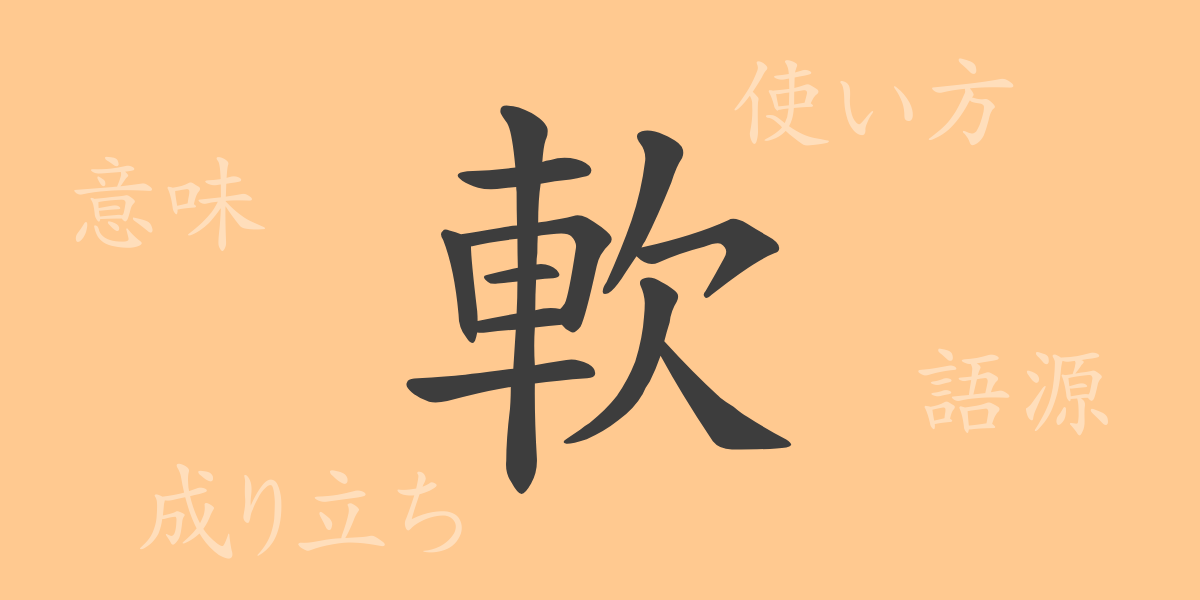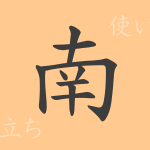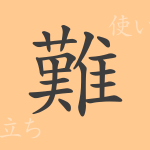The beauty of the Japanese language is significantly expressed through its complex and rich character system. Among these, the kanji ‘軟 (なん)’ is one frequently used in everyday life, representing flexibility and the nuances of change across various contexts. This article delves into the fascinating kanji ‘軟’, exploring its origins, usage, and how it permeates our speech, enriching the tapestry of the language.
Origins of ‘軟 (なん)’
The kanji ‘軟’ originated from ancient China, its form comprising the elements ‘車’ (vehicle) and ‘欠’ (deficiency). Originally symbolizing a chariot and implying a part of it being broken or weakened, it illustrates the idea of something being soft or weak. Over time, ‘軟’ evolved to encompass various meanings across different contexts.
Meaning and Usage of ‘軟 (なん)’
‘軟’ carries meanings of ‘softness’ and ‘weakness’, applicable in both physical flexibility and metaphorical contexts such as the softness of one’s character or weakness of will. It is used in diverse situations, describing the physical properties of materials and the temperamental aspects of individuals. Terms like ‘軟化’ (softening) in science and ‘軟膏’ (ointment) in medicine also employ this kanji.
Reading, Stroke Count, and Radical of ‘軟 (なん)’
The kanji ‘軟’ features distinct readings and structural components within the Japanese language.
- Readings: On’yomi ‘ナン’, Kun’yomi ‘やわらか’, ‘やわらかい’
- Stroke Count: ‘軟’ consists of 11 strokes.
- Radical: The radical is ‘車’, associated with movement and travel.
Phrases, Idioms, and Proverbs Using ‘軟 (なん)’
‘軟’ appears in numerous idioms and proverbs, each conveying unique meanings. For example, ‘軟弱’ (weakness) describes someone unable to withstand challenges, ‘軟派’ (flirtatious) refers to a frivolous attitude towards the opposite sex. ‘軟水’ (soft water) denotes water with low mineral content, and ‘軟化’ signifies the softening of materials or an easing of attitudes.
Conclusion on ‘軟 (なん)’
The kanji ‘軟’ symbolizes flexibility and change, both physically and metaphorically, within the Japanese language. It is a versatile character used to describe not only the physical softness but also the emotional and behavioral softening in various scenarios. Through this article, we hope you have gained a deeper appreciation of the expressive power of ‘軟’ and the beauty of the Japanese language.

























